40 label at end of compound statement
Linux terminal - error: label at end of compound statement The reason why you meet the error label at end of compound statement is because the default case can not be empty, it means you must provide a break or ; empty statement. Statements - cppreference.com A label at the end of a compound statement is treated as if it were followed by a null statement. (since C++23) Selection statements. A selection statement chooses between one of several control flows. attr (optional) if constexpr (optional) (init-statement (optional) condition) statement
P2324 Labels at the end of compound statements (C ... - GitHub cor3ntin added the plenary-approved label on Jul 25 jensmaurer mentioned this issue on Jul 26 P2324R2 Labels at the end of compound statements (C compatibility) cplusplus/draft#5654 Merged tkoeppe closed this as completed in cplusplus/draft#5654 on Aug 5 Izaron added a commit to llvm/llvm-project that referenced this issue 5 days ago

Label at end of compound statement
warning: deprecated use of label at end of compound statement I think the problem may be null default statements in my case statements but am not sure. I googled and found references to a patch, but cannot find the patch. I thought updating gcc would help, but when I tried to unpack gcc 3.4.3 (a 26 meg file), the computer seemed to hang. SDCC.y:1004:4: error: label at end of compound statement #2 - GitHub SDCC.y:1004:4: error: label at end of compound statement #2. SDCC.y:1004:4: error: label at end of compound statement. #2. Closed. gheja opened this issue on Nov 20, 2013 · 0 comments. Owner. gheja closed this as completed in 290685c on Nov 20, 2013. Sign up for free to join this conversation on GitHub . Statements - cppreference.com Most statements in a typical C program are expression statements, such as assignments or function calls. An expression statement without an expression is called a null statement. It is often used to provide an empty body to a for or while loop. It can also be used to carry a label in the end of a compound statement or before a declaration:
Label at end of compound statement. PK98987: Compiler error: label at end of compound statement - IBM IBM Rational Test RealTime - Runtime Analysis - Compiler error: label at end of compound statement. Problem conclusion Fixed in version 7.5.0.3. Temporary fix Comments APAR Information APAR number PK98987 Reported component name TEST REALTIME U Reported component ID 5724G2001 Reported release 750 Status CLOSED PER PE NoPE HIPER NoHIPER error: label at end of compound statement when using make #1 - GitHub error: label at end of compound statement when using make #1. error: label at end of compound statement when using make. #1. Closed. bneils opened this issue on Nov 20, 2021 · 2 comments. Linux terminal - error: label at end of compound statement The reason why you meet the error label at end of compound statement is because the default case can not be empty, it means you must provide a break or ; empty statement. 103539 - [C++23] P2324 - Labels at the end of compound statements Bug 103539 - [C++23] P2324 - Labels at the end of compound statements. Summary: [C++23] P2324 - Labels at the end of compound statements Status: ASSIGNED Alias: None Product: gcc Classification: Unclassified Component: c++ (show other bugs) Version: 12.0 Importance: P3 normal Target Milestone:--- Assignee: Marek Polacek: URL: ...
Null Statement | Microsoft Learn The "null statement" is an expression statement with the expression missing. It is useful when the syntax of the language calls for a statement but no expression evaluation. It consists of a semicolon. Null statements are commonly used as placeholders in iteration statements or as statements on which to place labels at the end of compound ... PDF Title: Labels at the end of compound statements (C compatibility ... This change then also allowed placing labels at the end of a compound statement which was seen as useful feature. In C++ declarations are statements and compound statements can only have statements as block-items. Thus, labels can already be attached to all statements, i.e. including declarations, but can not ... compilartion error : label at end of compound statement - LinuxMIPS Hi , Iam trying to compile simple application with mips cross compiler , Iam getting the below error , i tried to google but unable to find relavent solution any ... Re: compilartion error : label at end of compound statement On Fri, Mar 24, 2006 at 04:07:52PM +0900, Gowri Satish Adimulam wrote: > Hi , > Iam trying to compile simple application with mips cross compiler , > Iam getting the ...
Use of goto statement in C programming - Aticleworld There should be one statement after the label. If there is no statement occur after the label, then you will get the compiler error. See the below example, Error: label at end of compound statement Above code will compile if we write any single statement or put a semicolon ( ; ) after the label. #include int main(void) { AL Control Statements - Business Central | Microsoft Learn AL compound statements. In some cases, the AL syntax only lets you use a single statement. However, if you have to run more than one simple statements, the statements can be written as a compound statement by enclosing the them between the begin and end keywords. begin ; ; .. ; end; Statements in Visual Basic | Microsoft Learn A statement in Visual Basic is a complete instruction. It can contain keywords, operators, variables, constants, and expressions. Each statement belongs to one of the following categories: Declaration Statements, which name a variable, constant, or procedure, and can also specify a data type. Executable Statements, which initiate actions. Re: compilartion error : label at end of compound statement - LinuxMIPS Solution: insert a semicolon like: switch (x) { case 3: ; } The reason is that the C stanadard requires - and thus gcc since 3.4 (?) - a label to be followed by a statement and a semicolon alone is already an statement.
label at the end of compuound statement error - LinuxQuestions.org jogapp.c:184: error: label at end of compound statement jogapp.c:223: error: label at end of compound statement jogapp.c: In function 'read_rc': jogapp.c:272: warning: incompatible implicit declaration of built-in function 'exit' jogapp.c: In function 'check_jog':
52655 - confusing "error: label at end of compound statement" for ... The following code compiles with error: label at end of compound statement with the gcc 4.6.1 compiler. Content of t.c: ----8<---- void foo (int op) { int x = 100000 >> 3; /* OK */ switch (op) { case 0: x = 100000 >> 3; /* t.c:12:5: error: label at end of compound statement */ break; default: } } ---->8---- Command: gcc -c t.c Reproduced on OS ...
PDF P2324R1 Title: Labels at the end of compound statements (C ... statement is useful to carry a label just before the } of a compound statement and to supply a null body to an iteration statement such as a while statement ([stmt.while]). — end note] [stmt.block] 8.4 Compound statement or block A compount-statement (also known as a block) groups a sequence of statements into a single statement. compound ...
Evolution GCC error: label at end of compound statement - Arch Linux The undocumented extension that allowed C programs to have a label at the end of a compound statement, which has been deprecated since GCC 3.0, has been removed.
DB2 10 - DB2 SQL - compound-statement - ibm.com Examples. Example 1: Create a procedure body with a compound statement that performs the following actions: Declares SQL variables. Declares a cursor to return the salary of employees in a department determined by an IN parameter. Declares an EXIT handler for the condition NOT FOUND (end of file) which assigns the value 6666 to the OUT parameter medianSalary.
end stop statements - Gavilan College Pascal uses the end statement to indicate the end of compound statements and the program. But the final end statement in Pascal must be followed by a period. So "end" is the end of a compound statement or block, but "end." (end period) is end of the program. Thus Pascal has a special command to end the program. COBOL does not have an end statement.
switch Statement (C) | Microsoft Learn The final break statement isn't strictly necessary, since control passes out of the body at the end of the compound statement. It's included for consistency. It's included for consistency. A single statement can carry multiple case labels, as the following example shows:
Statements - cppreference.com Most statements in a typical C program are expression statements, such as assignments or function calls. An expression statement without an expression is called a null statement. It is often used to provide an empty body to a for or while loop. It can also be used to carry a label in the end of a compound statement or before a declaration:
SDCC.y:1004:4: error: label at end of compound statement #2 - GitHub SDCC.y:1004:4: error: label at end of compound statement #2. SDCC.y:1004:4: error: label at end of compound statement. #2. Closed. gheja opened this issue on Nov 20, 2013 · 0 comments. Owner. gheja closed this as completed in 290685c on Nov 20, 2013. Sign up for free to join this conversation on GitHub .
warning: deprecated use of label at end of compound statement I think the problem may be null default statements in my case statements but am not sure. I googled and found references to a patch, but cannot find the patch. I thought updating gcc would help, but when I tried to unpack gcc 3.4.3 (a 26 meg file), the computer seemed to hang.



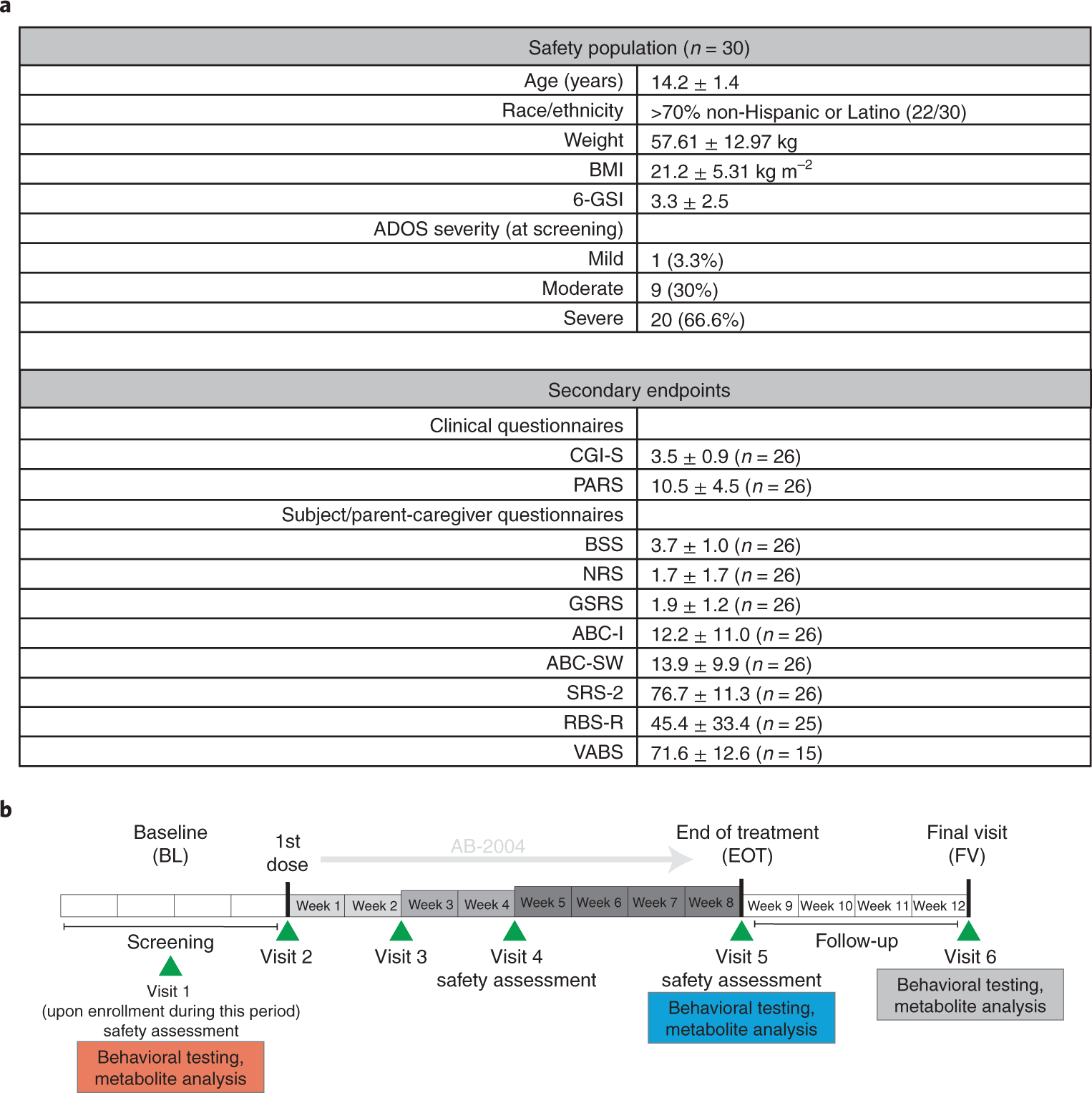

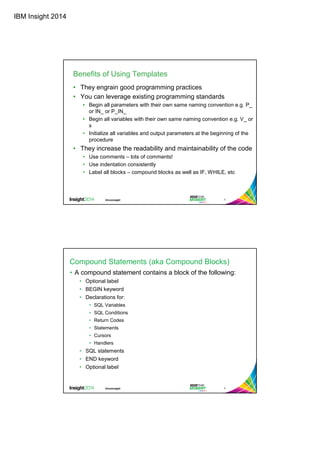
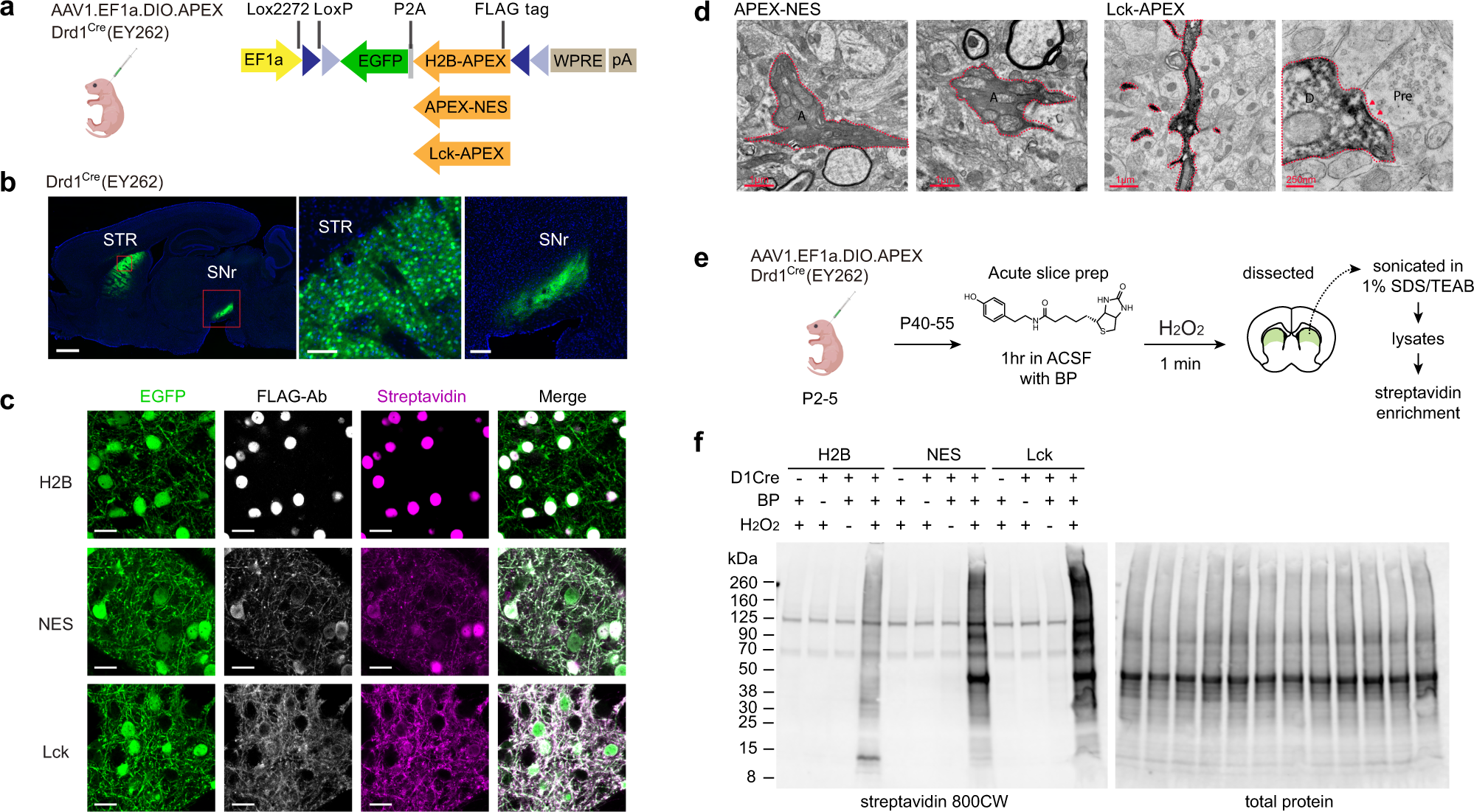


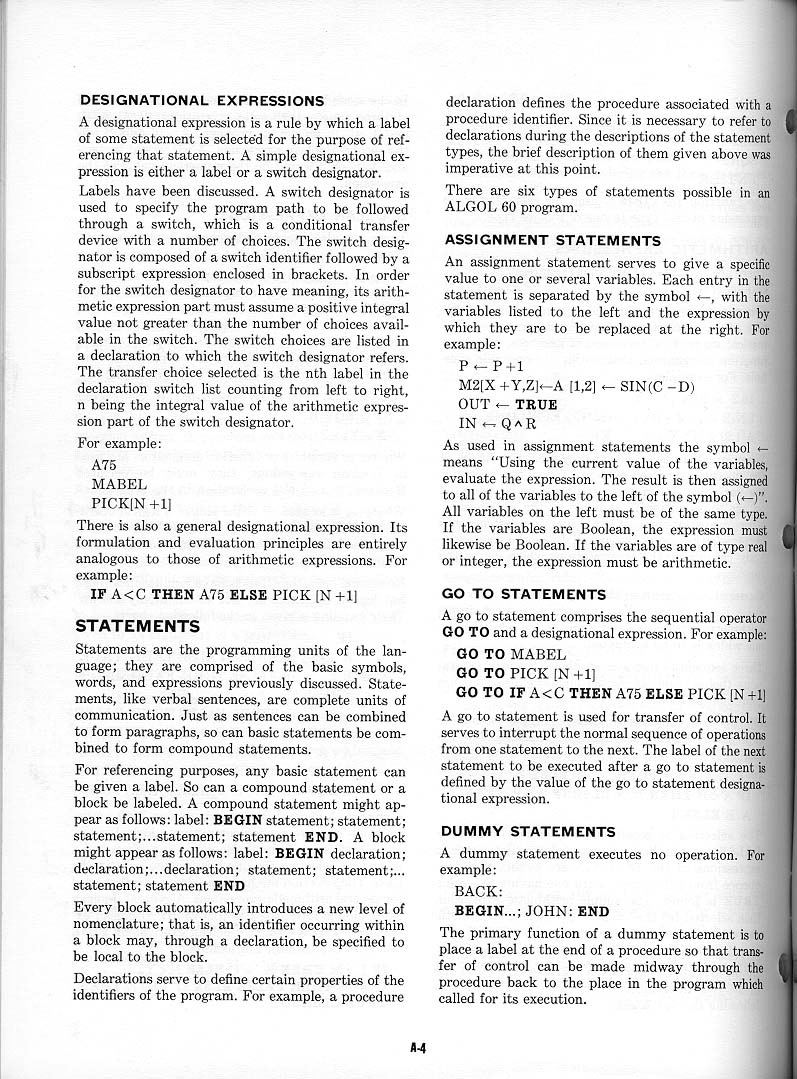
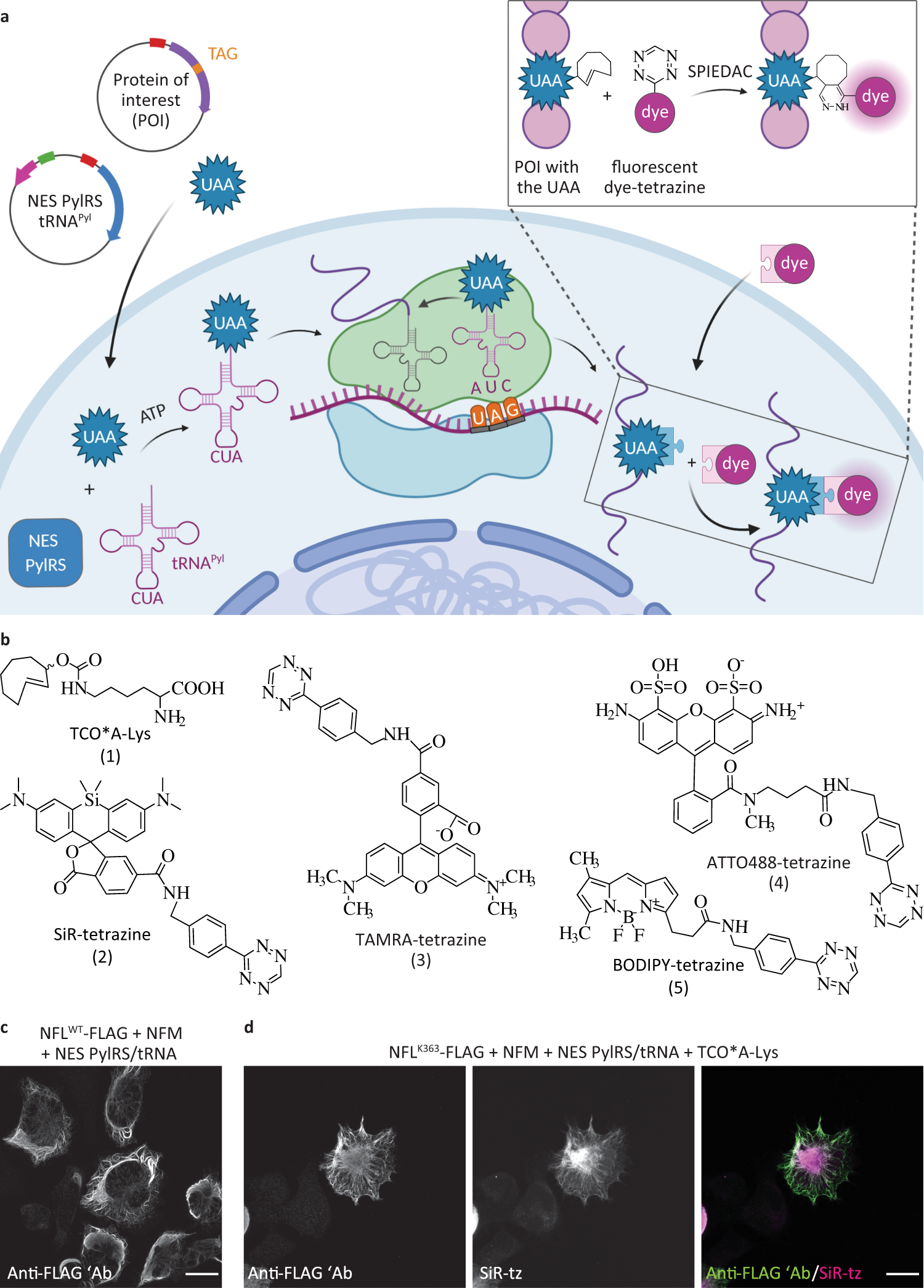
![PDF] Correspondence between ALGOL 60 and Church's Lambda ...](https://d3i71xaburhd42.cloudfront.net/9aed59ed036b5715706ac44ba53eb20eff0911ed/6-Table1-1.png)
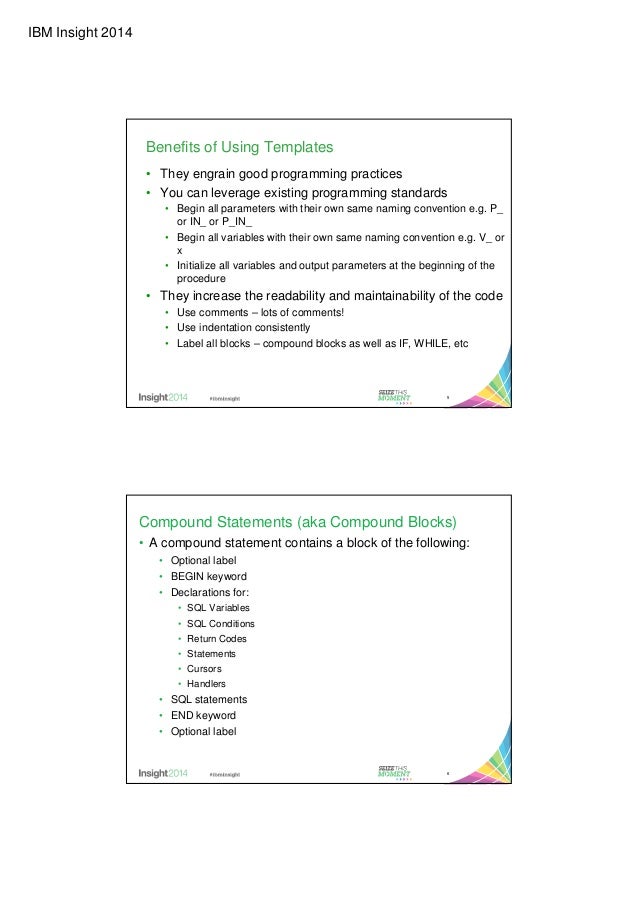




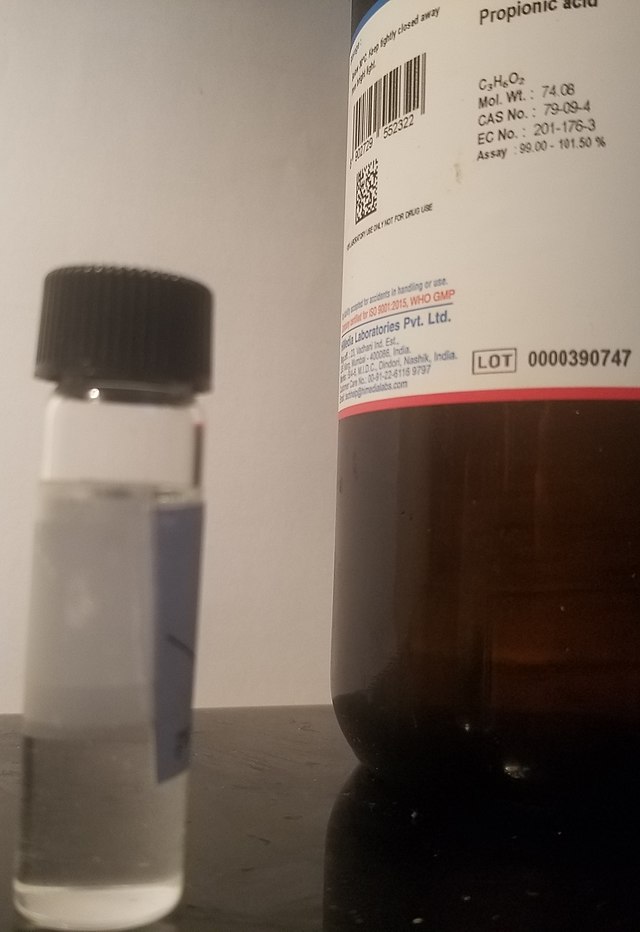


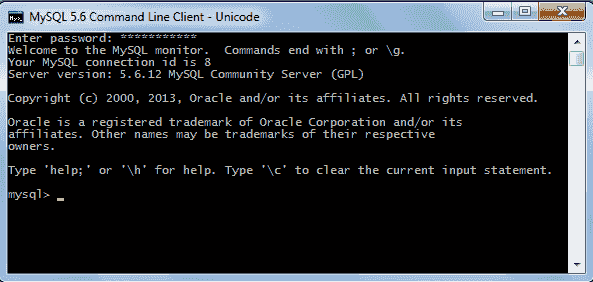





Komentar
Posting Komentar